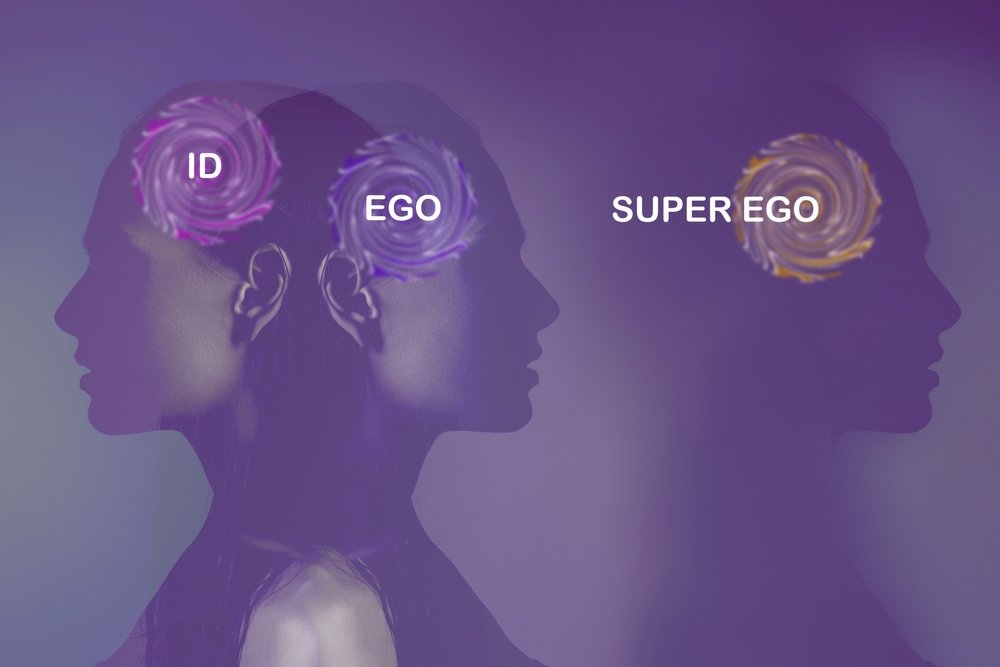
Understanding the dynamics of our psyche can shed light on how we navigate our daily lives. Sigmund Freud’s theory of the psyche breaks it down into three key components: the id, the ego, and the superego. Each plays a distinct role in shaping our thoughts, behaviors, and interactions.

The Id is like our inner child—it’s the impulsive, unconscious part of our mind driven by basic urges and desires. The Id navigates from the sacral chakra as related to expression and creativity. Think of the id as the voice that demands instant gratification without regard for consequences. It operates entirely on instinct, responding to immediate needs and wants without any consideration of the external world or societal rules. For example, if you’re hungry, the id might impulsively tell you to grab the first available snack, regardless of whether it’s healthy. It’s where those raw, emotional reactions come from, such as feeling hurt when someone is upset with you, rather than understanding their perspective.
The Superego represents the moral compass and societal standards
we’ve absorbed from our parents, teachers, and cultural norms. It’s divided into two parts: the conscience and the ideal self. The conscience delivers guilt and disapproval, derived from the root chakra. When we deviate from our learned values, while the ideal self embodies our aspirations and the person we strive to become is when the superego is activated. For instance, if you’re considering skipping a commitment, your superego might make you feel guilty for not living up to your responsibilities or ethical standards. It’s the part of you that urges you to act with integrity and to aspire to be a better version of yourself.
The Ego acts as the mediator between the id and the superego. It’s the rational part of our psyche that balances our primal desires with our moral standards. The ego is closely related ot the solar plexus chakra which is responsible for our sense of identity and self-esteem. The ego takes into account reality and practicality, making decisions that consider both immediate needs and long-term consequences. For example, if the id wants to buy an expensive gadget impulsively, the ego will weigh this desire against your budget and financial goals, helping you make a more balanced decision.

In day-to-day life, these components interact in complex ways. The id pushes for immediate satisfaction, the superego imposes moral judgments, and the ego tries to reconcile these conflicting demands in a practical manner. When we haven’t fully addressed or healed from past traumas, our ego can be heavily influenced by unresolved issues from our childhood, leading to patterns of behavior that may not serve us well. This can result in repeated unhealthy decisions and the perpetuation of generational trauma if not addressed.
Recognizing these dynamics helps us understand our responses and behaviors better. By acknowledging the role of the id, superego, and ego, we can work towards a more balanced and mindful approach to our actions and decisions. It’s about finding harmony between our primal desires, moral values, and practical needs, and allowing our inner growth to shape a more fulfilling life.
Original post date: February 6th, 2021.






